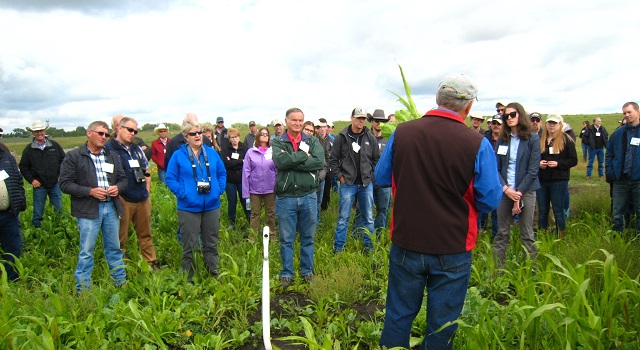With 2020 retreating further in the rearview, it becomes easier to look forward with anticipation at the promise and unknown potential of a new year. Here at the PPJV we are ushering in 2021 with a heightened commitment to the integration of communications with our collaborative conservation efforts. As we do so, it’s important to think beyond the communications activities we will be delivering, considering what we hope to accomplish in doing so.
It’s clearer than ever that we can’t rely on conservation science alone to solve the challenges we face, and the social aspect of this work is a key factor in whether we meet our bird and habitat conservation goals. This is where communication comes into play – not just in conveying information, but also in listening and learning from those we work with. In fully embracing communication as a two-way street, we set ourselves up to strengthen our existing relationships while also casting a wider net to galvanize support for the work done by the PPJV partnership.
In the next year, we are focused on getting momentum going with our communications program and finding the right niche to operate in. This began internally with our small team of three PPJV staff, who in a normal year would be working in the same office and have had to find our team spirit through virtual channels alone. The next step up the ladder involves streamlining and maintaining a consistent flow of information between the staff, Management Board, and various committees, each of which has unique priorities and needs.
And it continues to expand outwards from there, steadily building a communications network that connects this partnership even more and puts us in a better position to complement and amplify our partner’s work. In doing so, we will support our individual partners in achieving local results while collaborating across the partnership to ensure that these successes are echoed across the Prairie Pothole Region. With this level of coordination, we are able to work at scale and expand the reach of local initiatives in a way that would be much more challenging to achieve without the support of the partnership.
In the end, it all comes down to building relationships that can persevere and thrive even in the strangest of years. Starting small and working incrementally larger allows us to consistently learn and grow, adapting to meet the needs of our partners. This multifaceted communication network will enable us to integrate with the ongoing work of our partners in the most effective way possible – supporting their communications initiatives while identifying gaps and taking action to fill those. In this regard, communication becomes another collaborative conservation tool to engage our partners, bolster their work, and get people involved.
Our communications program represents the next step in an ongoing and fully coordinated effort across this landscape in which we recognize the value of partnerships for science, for communications, and for shared successes. It gives us added capacity to open more channels to listen to our partners and recognize their needs, becoming more effective at conservation in the process. Our unified effort to share conservation messages that reach across this geography keeps demand for conservation programs high, which is exactly where we want to be.

